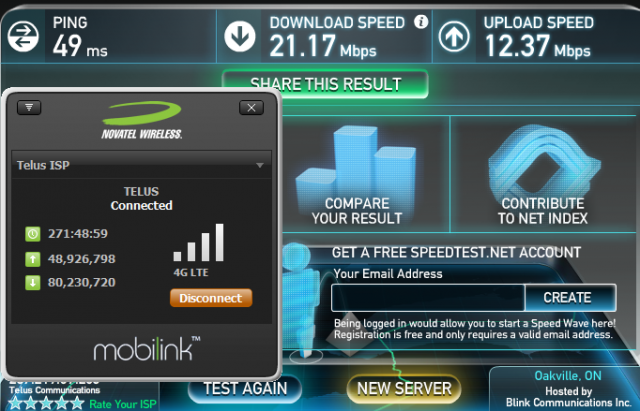
Research firm Strategy Analytics has come out with a report that states the global shipments of LTE-enabled phones will soar to 67 million units this year, up from 6.8 million units in 2011.
Analyst Neil Shah says they manufacturers that’ll help push the growth are from Apple (who’s yet to confirm an LTE iPhone), Samsung, HTC, LG, plus Nokia, Motorola, Pantech and Fujitsu. Shah also noted that the countries to drive the tenfold 1-year increase will be from United States, Japan and South Korea. Unfortunately Canada is not listed in the group. Perhaps Shah doesn’t recognize that Canada was one of the first countries in the world to bring LTE (Long Term Evolution) to customers.
Rogers was first to launch LTE in June 2011, Bell followed in September, TELUS in February, and recently Virgin Mobile (hooked onto Bell’s network). MTS and SaskTel will also launch their LTE network this year. During our LTE reviews we’ve experienced LTE download speeds between 15-45Mpbs, and upload speeds of 6-15Mbps. All the carriers have been busy building out coverage area – currently spanning from East to West coast of Canada, upward to Yellowknife. As for current customer reach, Rogers LTE network hits 11 million Canadians with a goal of bringing LTE speeds to 20 million by the end of this year. Bell, Virgin and TELUS all reach 6 million Canadians. However, TELUS states they plan on expanding coverage to reach 25 million Canadians by the end of the year.
Now there’s currently a big difference between reach and adoption. Whenever I’ve asked a carrier exec how LTE adoption is going, specifically wanting to know subscriber numbers, the response have been something like “Our LTE reach is growing and our we’re happy with our subscribers”. Canada might not be the biggest LTE market in the world, but certainly warranted to be included in the list of countries driving towards the 67 million LTE devices this year.
Tom Kang, Director at Strategy Analytics, said “The LTE phone segment is expanding at a rapid rate this year, but there will undoubtedly be growing pains in this early phase. Many LTE phones and data plans will be relatively expensive, which means operators will need to invest generous subsidies to make 4G more affordable for subscribers. Meanwhile, consumers will be concerned about LTE usability issues, such as shortened battery life, excessive device weight, or sudden bill shock caused by high data consumption.”
Source: Strategy Analytics
Via: PhoneArena
MobileSyrup may earn a commission from purchases made via our links, which helps fund the journalism we provide free on our website. These links do not influence our editorial content. Support us here.


